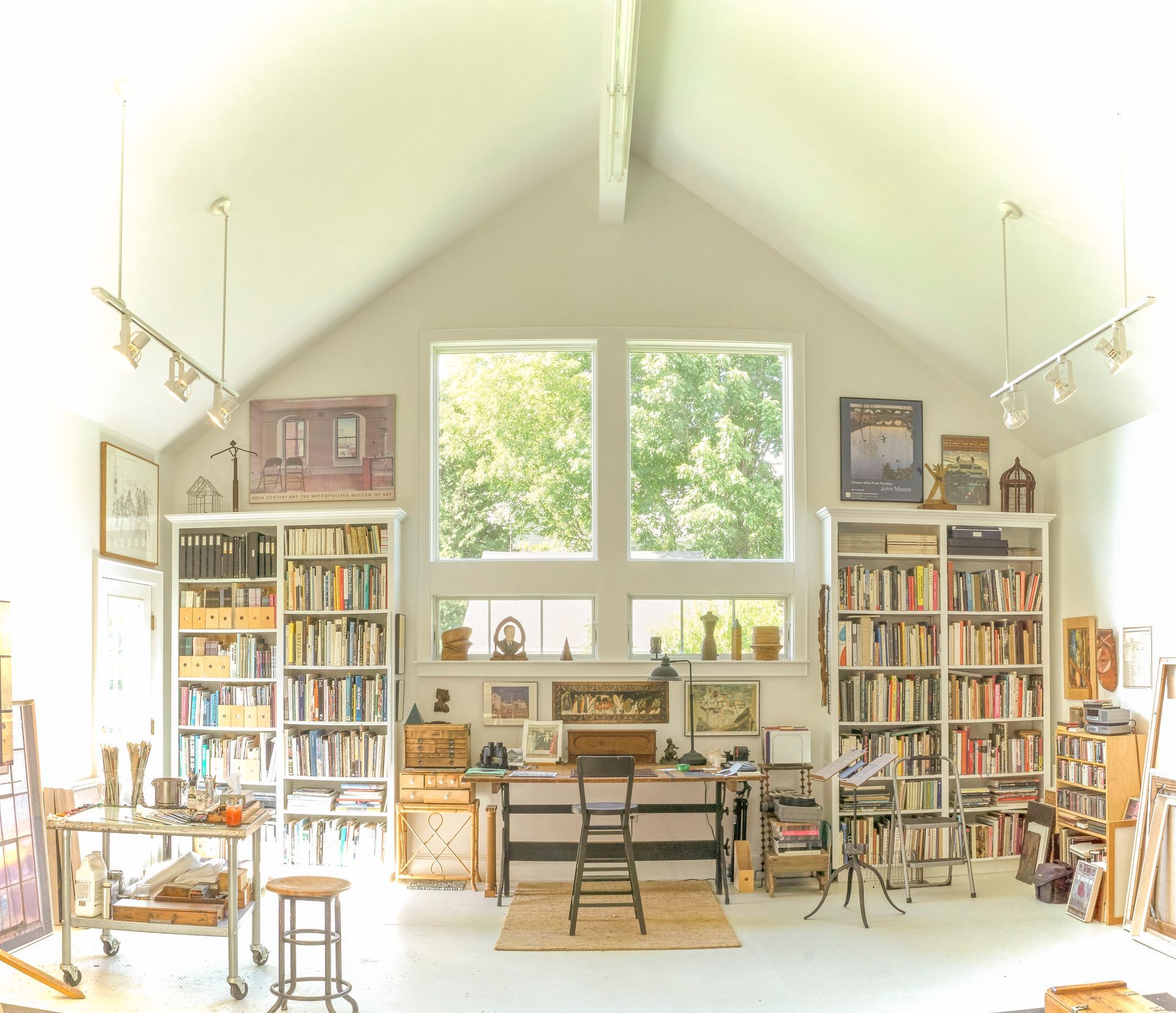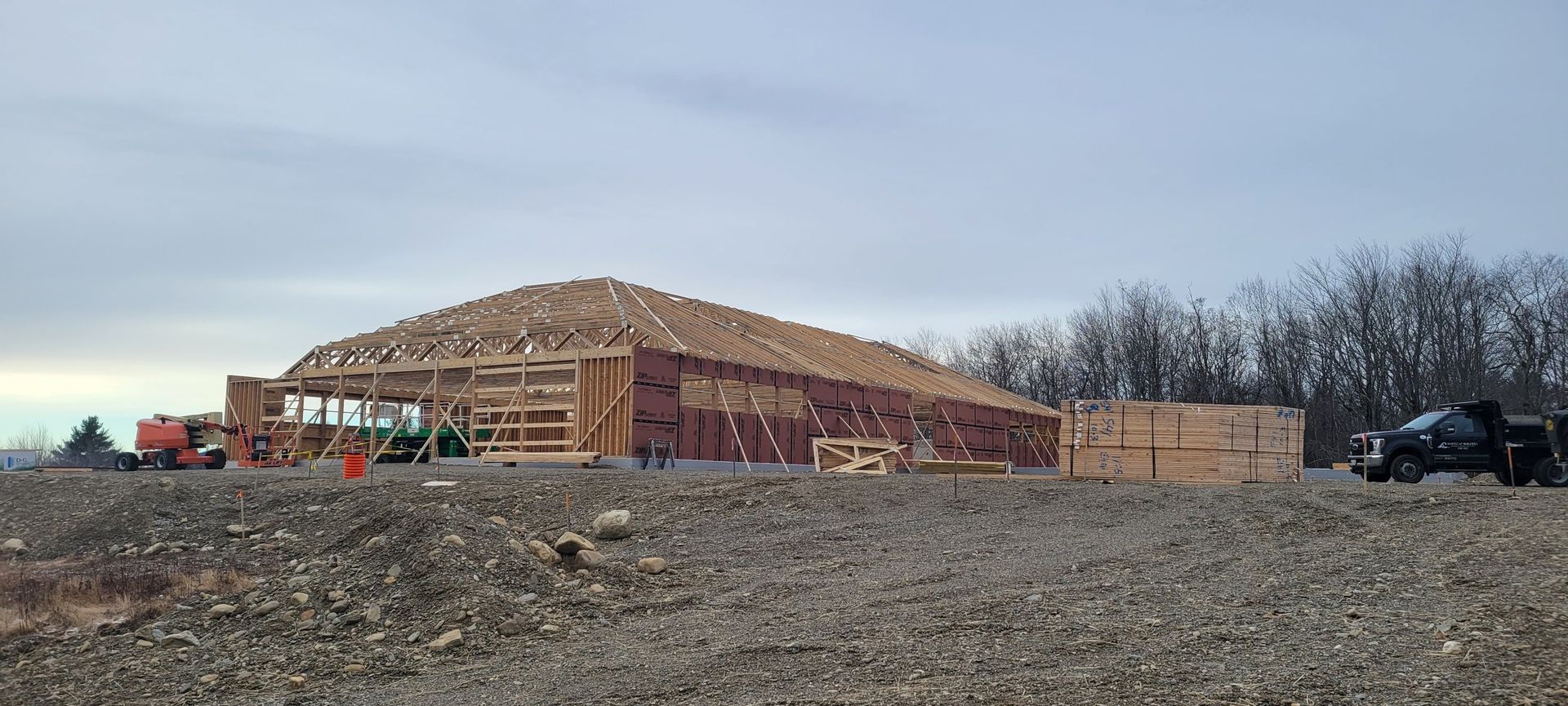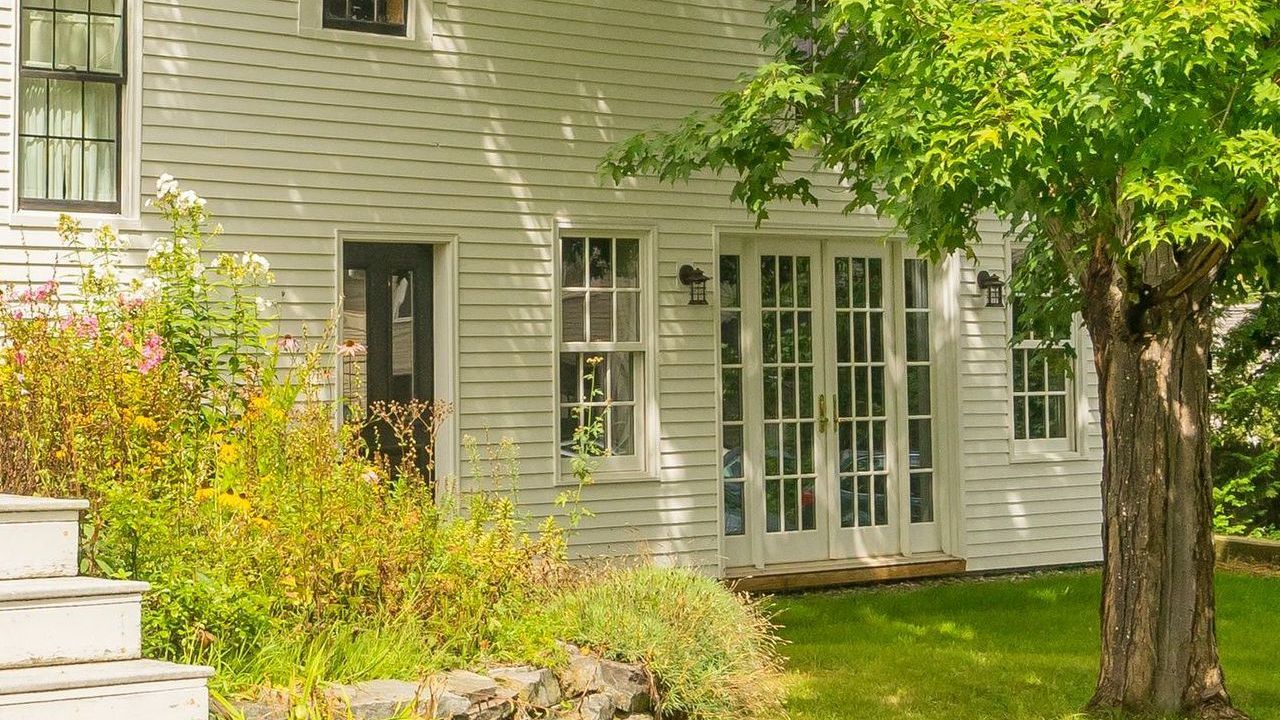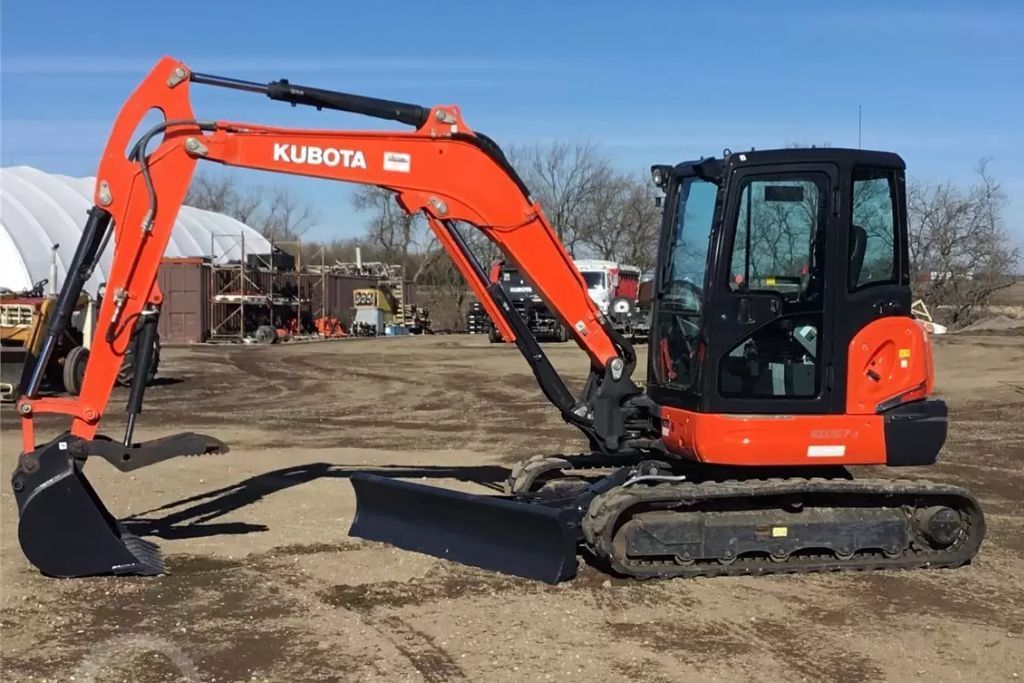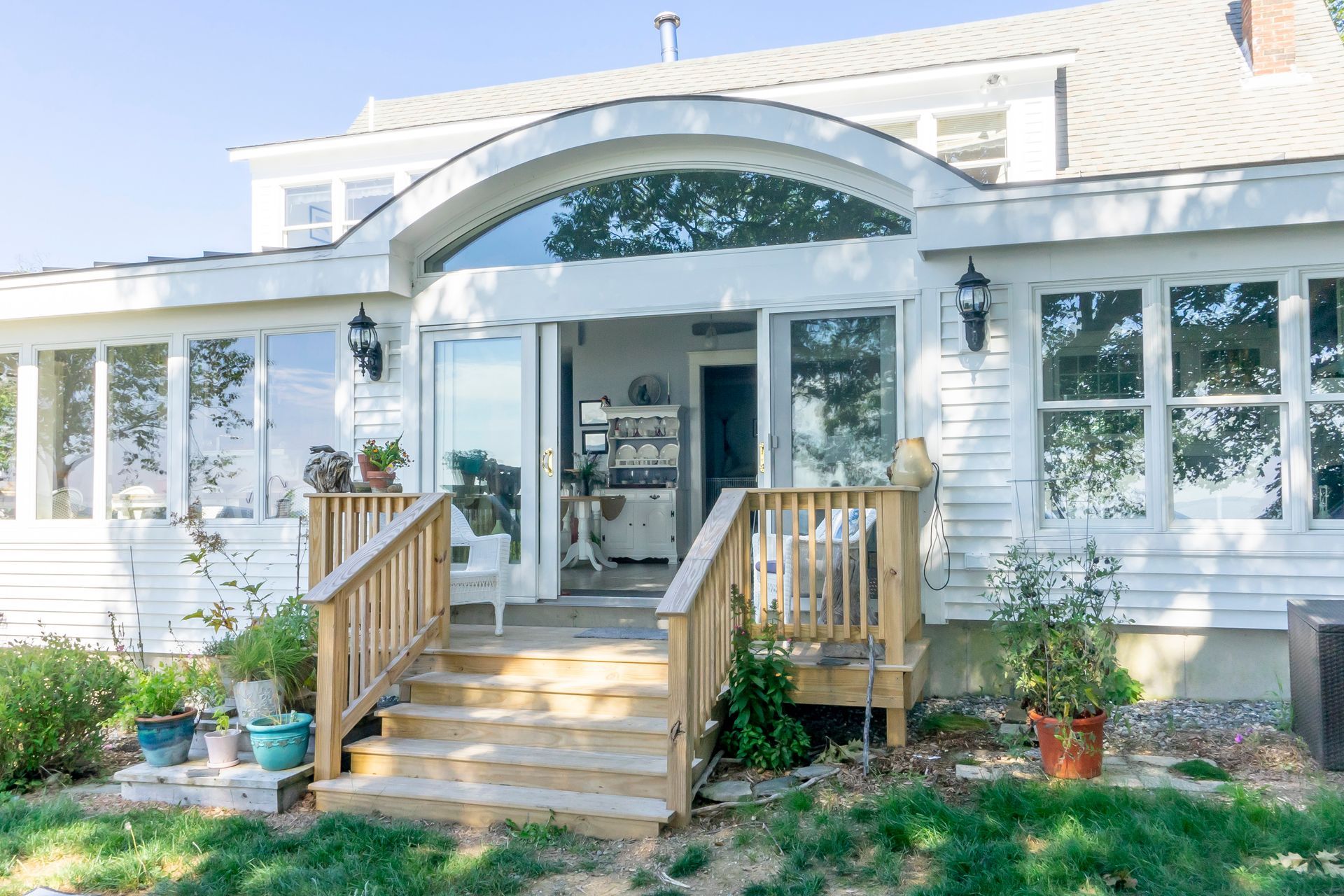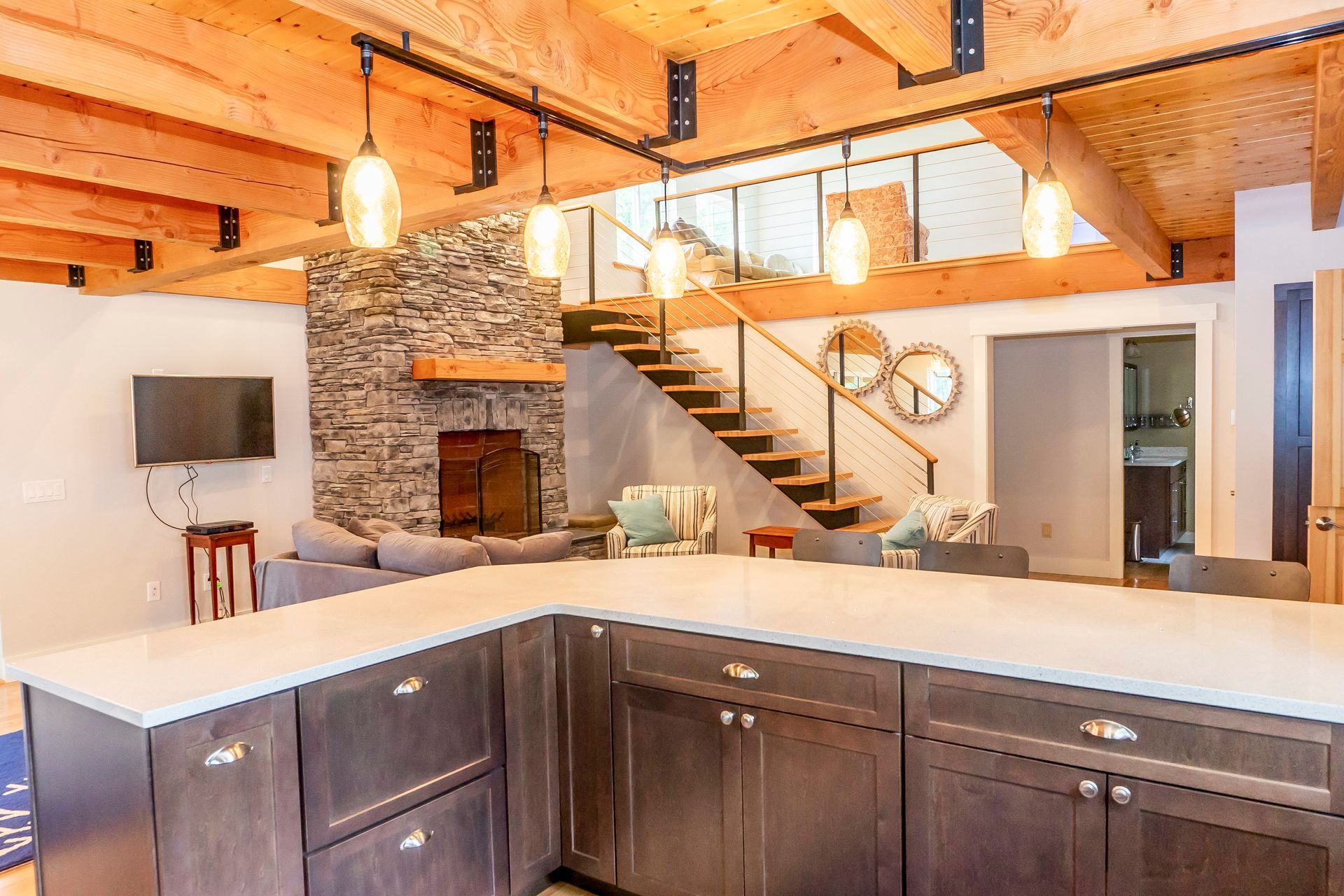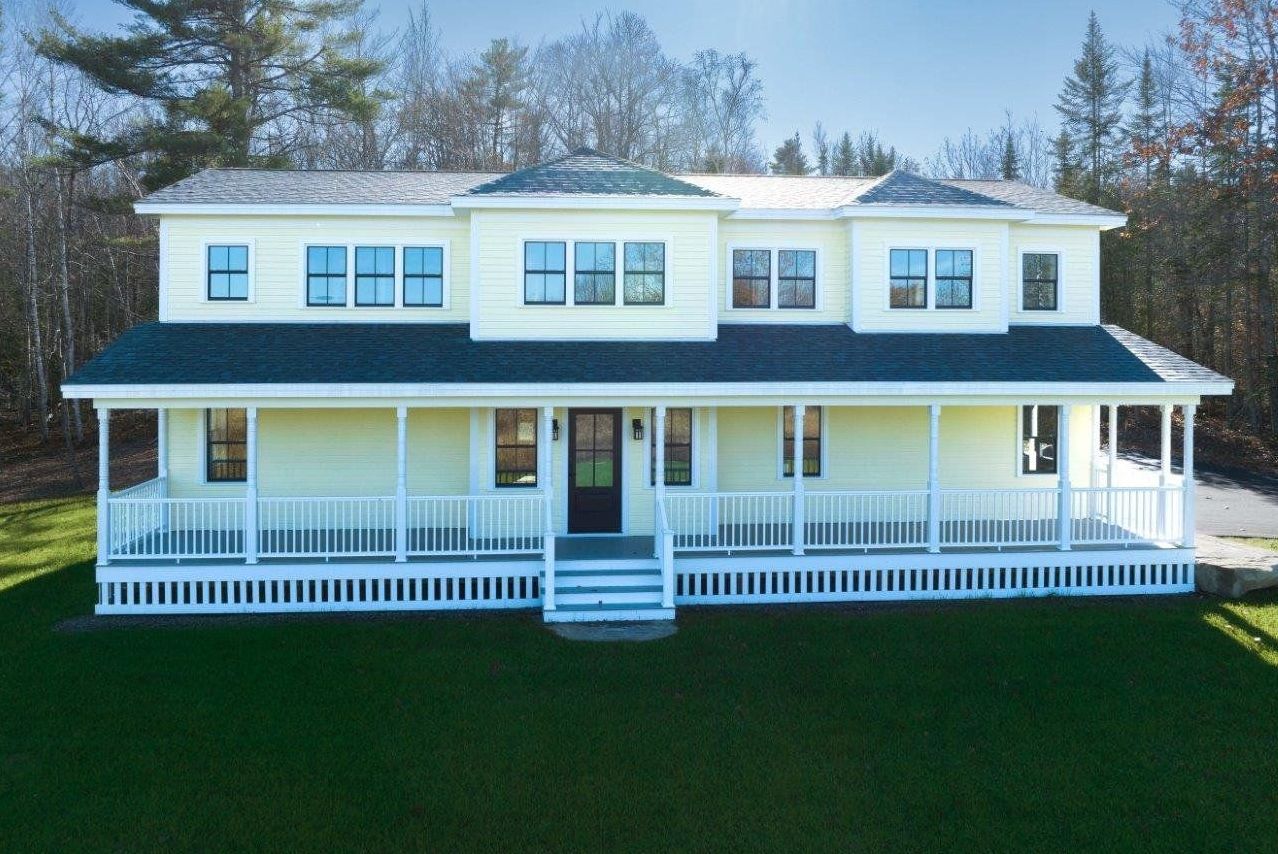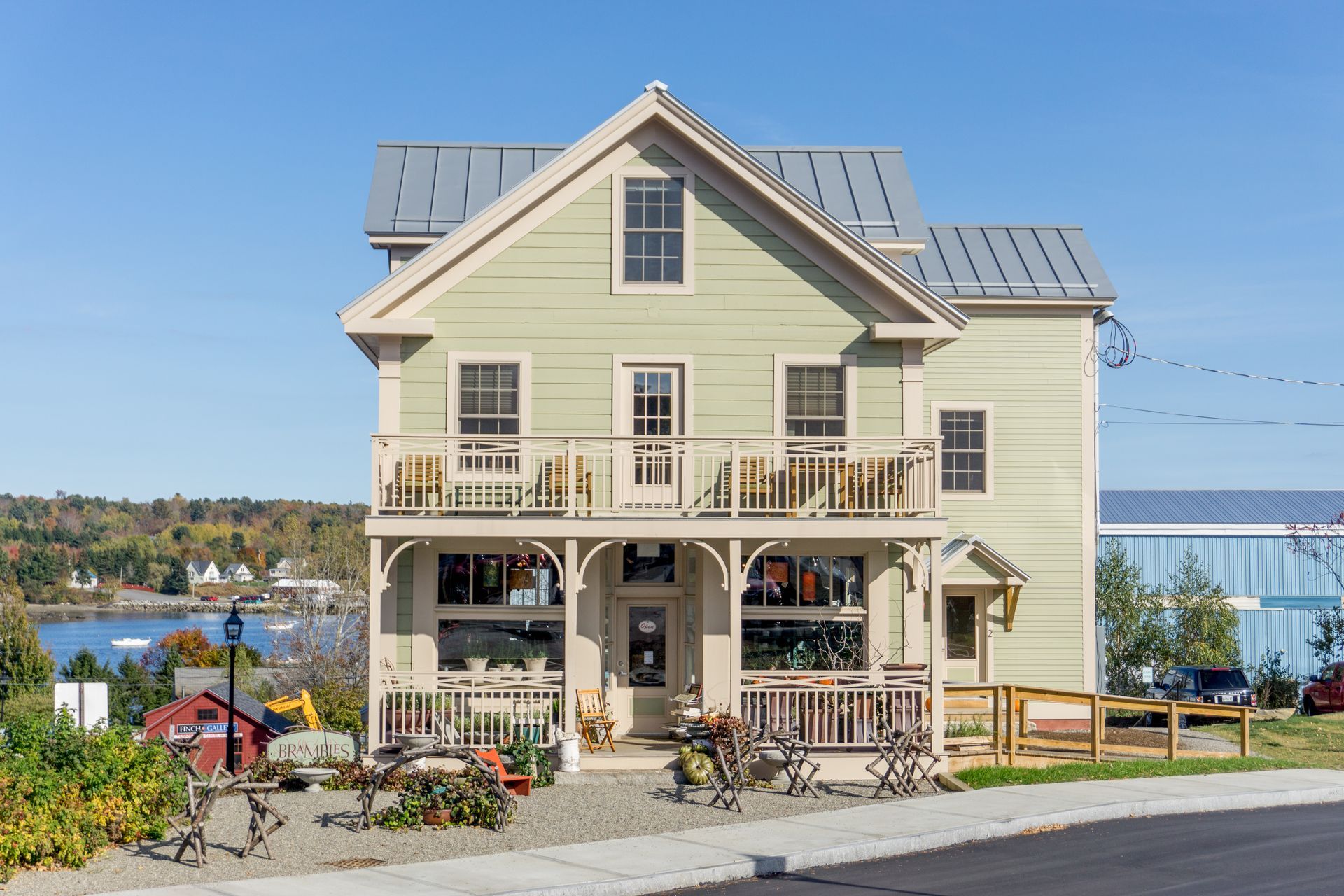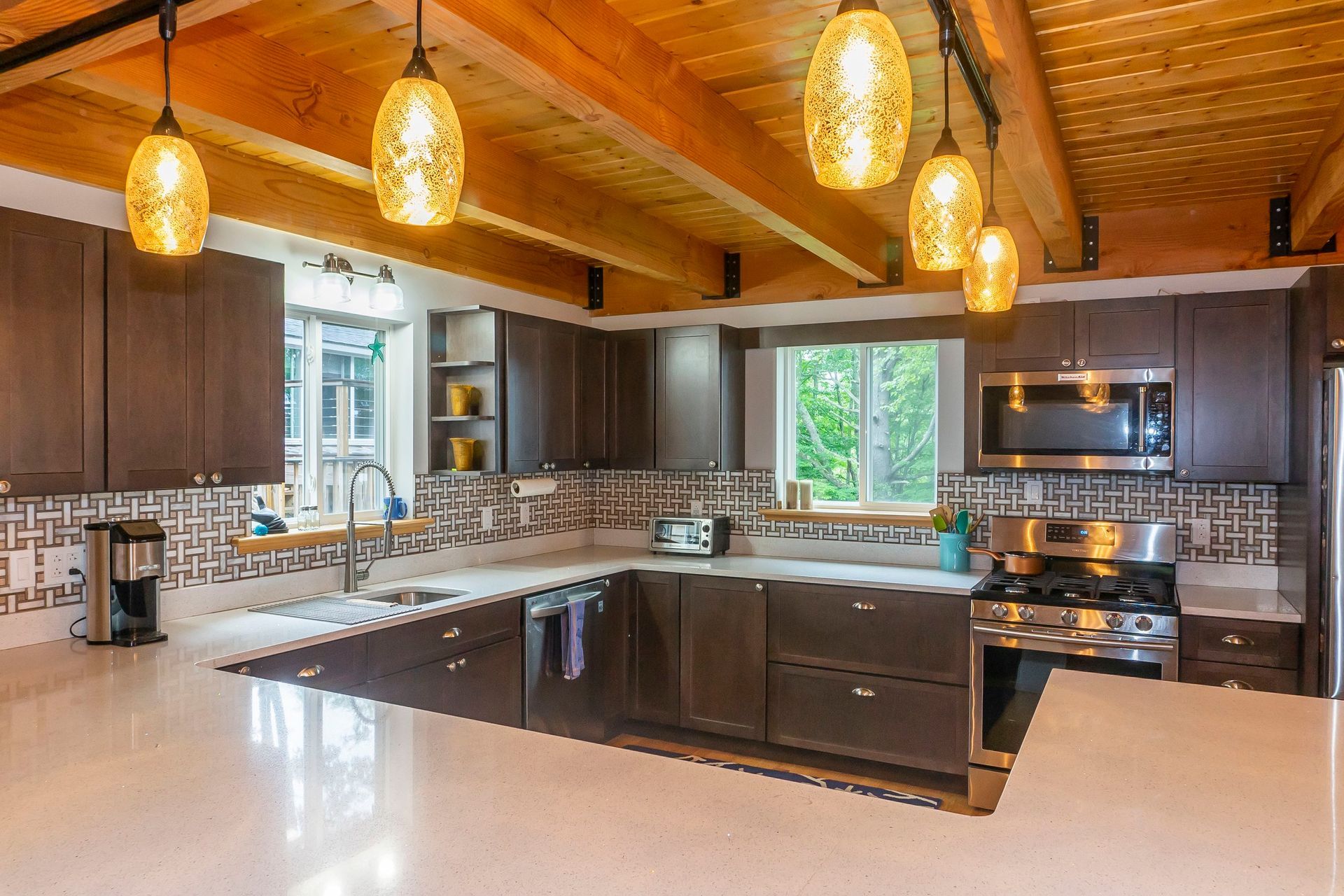Is Custom Finish Carpentry Worth It? Longevity vs. Cost
Custom trim can make a big difference in how your home looks. But is it really worth the extra cost? In this post, we’ll keep it simple. We’ll cover what custom finish carpentry is, how long it lasts, what it costs, and where it adds the most value.
If you’re thinking about adding crown molding, baseboards, or built-ins, this guide will help you decide what’s right for your space.
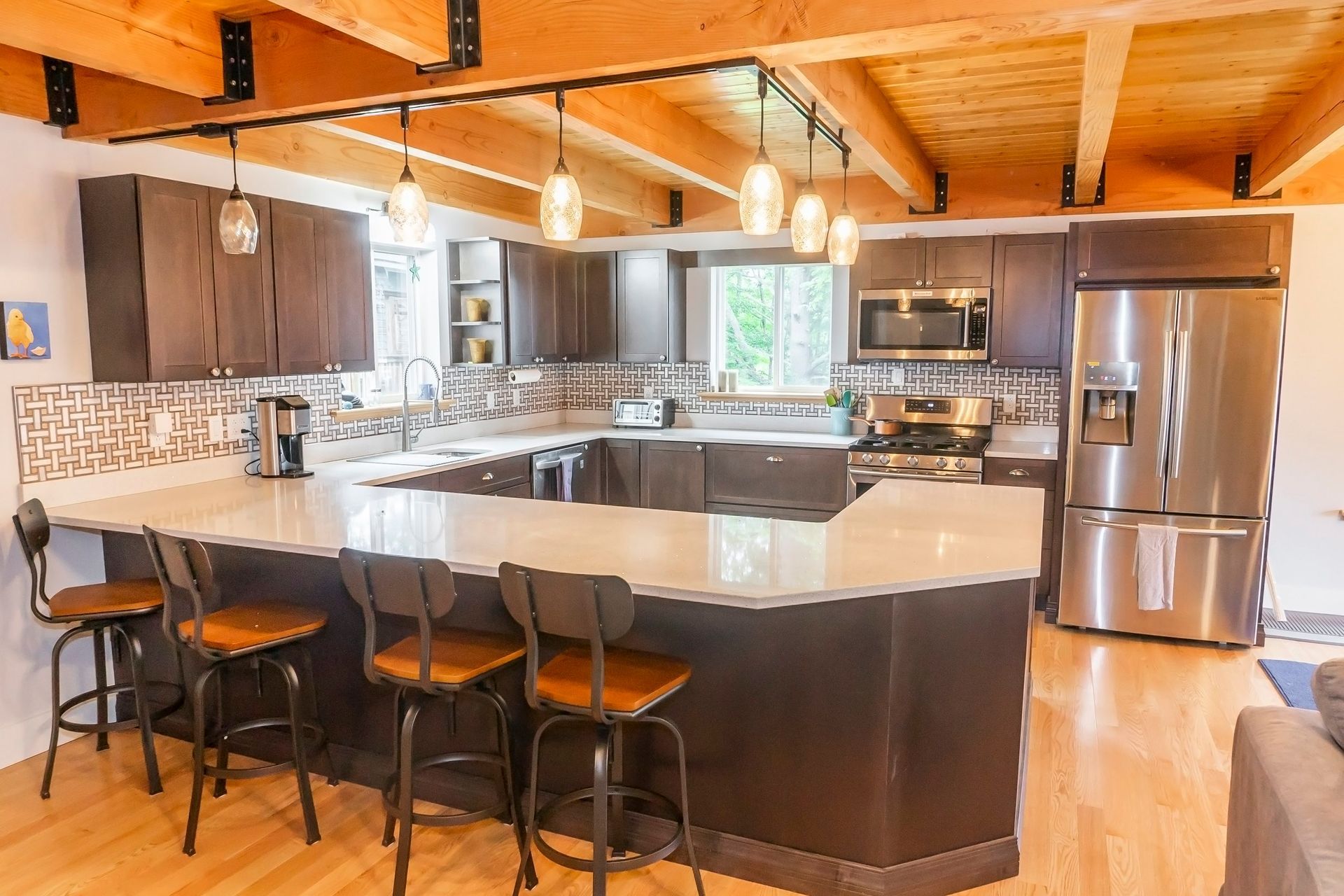
What Is Custom Finish Carpentry?
Custom finish carpentry is the work that happens after the walls go up.
It includes:
- Baseboards
- Crown molding
- Trim around doors and windows
- Built-in shelves, benches, or cabinets
- Wainscoting (wood panels on the lower part of walls)
The word “custom” means it’s made just for your space. A carpenter measures your exact walls, cuts each piece, and installs it so everything lines up right.
This isn’t grab-it-off-the-shelf work. It’s built on-site to match the size, shape, and style of your home.
Custom finish carpentry makes a room look clean and complete. It hides gaps, smooths out rough edges, and adds small details that make a big difference.
Because it’s built to fit, it lasts longer and holds up better. It can also help improve energy efficiency by sealing small gaps around windows and doors. That means fewer drafts and more comfort in every season.
How Long Does Custom Finish Carpentry Last?
If it’s built well, it can outlive most things in your house.
You’ll still see solid trim in homes that are over 100 years old. That’s not by luck. It’s because it was done right.
What makes it last:
- Strong materials like real wood (not the fake stuff)
- Tight cuts and clean installs from someone who knows what they’re doing
- Protection from water, especially in places like bathrooms or near windows
Keep it dry, wipe it down now and then, and you’re good. You might need to touch up the paint every few years, but the wood underneath will stay solid.
For high-moisture areas like bathrooms or kitchens, ask about sealing or using moisture-resistant materials. A little protection goes a long way.
How Much Does Custom Finish Carpentry Cost?
Custom finish carpentry costs more than basic trim.
Here’s a simple breakdown:
- Baseboards and window trim: $5–$12 per foot
- Crown molding: $8–$20 per foot
- Wall panels or wainscoting: $15–$40 per square foot
These prices include both labor and materials.
What affects the price:
- Size of the job
- Type of wood
- How simple or detailed the work is
Hardwoods like oak or maple cost more than cheaper options like MDF. But they also last longer and don’t fall apart as easily.
Cheaper trim might save money now, but it won’t hold up. It can crack, peel, or need replacing way sooner.
If you’re on a budget, consider mixing custom trim in the main areas and using basic trim in less visible rooms like closets or the laundry room. You still get the finished look where it matters without stretching the budget too far.
Paying more up front often means less trouble later.
Is It Worth It Compared to Cheaper Options?
Here’s a simple side-by-side to help you decide,
| What You Get | Custom Finish Carpentry | Last Name |
|---|---|---|
| Fit | Built to match your walls exactly | May leave gaps or uneven spots |
| Style | Clean, detailed, one-of-a-kind look | Plain and standard |
| Material | Solid wood (oak, maple, etc.) | MDF, plastic, or softwood |
| How Long It Lasts | 30+ years if cared for | 5–15 years, sometimes less |
| Upfront Cost | More expensive | Cheaper at firs |
| Long-Term Value | Boosts resale value | Adds little or nothing to value |
Custom trim costs more, but it lasts longer and looks better. If you plan to stay in your home, it’s the better choice.
If you’re flipping a house, prefab might be fine. But if this is your forever home, investing in custom trim gives you better results over time.
Where Custom Trim Makes the Most Sense
You don’t need custom trim in every room. Most people choose just a few key spots, places guests see the most.
Here are some good ones:
- Living room: Crown molding and baseboards make it feel complete
- Entryway or hallway: Wainscoting gives a strong first impression
- Dining room: Trim adds a clean, finished look
- Built-in shelves: Great for living rooms, offices, or reading nooks
If money’s tight, do custom work where it matters most. Use regular trim in the rooms no one really notices, like closets or spare bedrooms.
Some homeowners also choose to upgrade the master bedroom or bathroom with custom trim for a consistent, high-end look across the main areas of the home.
It’s like HVAC maintenance. Start with the important areas, then do the rest later if you need to.
Does It Increase Home Value?
Yes, it can. Custom trim helps your home look finished and well cared for. Buyers notice things like crown molding, clean baseboards, and built-in shelves. It makes the home feel solid, not rushed or cheap.
Homes with custom trim often sell faster. You might not get all the money back, but reports show you can get around 70 percent of it when you sell. So you enjoy it now, and it can help you later if you move.
Things to Ask Before You Hire a Carpenter
If you’re thinking about getting custom trim, it’s a good idea to ask a few questions before hiring someone. This helps you know what to expect and if they’re the right fit for the job.
Here are some easy questions to start with:
- What kind of wood will you use?
- Can I see pictures of your past work?
- How do you finish or seal the trim?
- How long will the job take?
- Do you offer a warranty if something goes wrong?
A good carpenter should be able to answer these without a problem. If they give clear answers and take the time to explain things, that’s a good sign.
Frequently Asked Question
What does custom trim work mean?
It’s trim and woodwork made to fit your home exactly, not pre-cut or store-bought.
What’s the price range?
Expect to pay $5 to $12 per foot for baseboards or trim, and more for detailed work like panels or molding.
How long does it hold up?
With good wood and proper care, it can last over 30 years.
Is it a smart buy?
Yes. It costs more upfront but looks better, lasts longer, and adds value.
Does it help resale?
Homes with custom trim often sell quicker and for more money.
What should I ask the carpenter?
Ask about materials, past work, timeline, how they seal it, and if there’s a warranty.
So, is custom finish carpentry worth it?
If you're after something that lasts, looks sharp, and adds real value to your home, the answer is yes. It may cost more upfront, but you get decades of durability, cleaner finishes, and fewer replacements. That’s the trade-off: higher cost now for longer-lasting results and better resale later.
Want help deciding where custom trim makes the most sense in your home?
Call Whitecap Builders today. We’ll help you get the most value for your budget.
